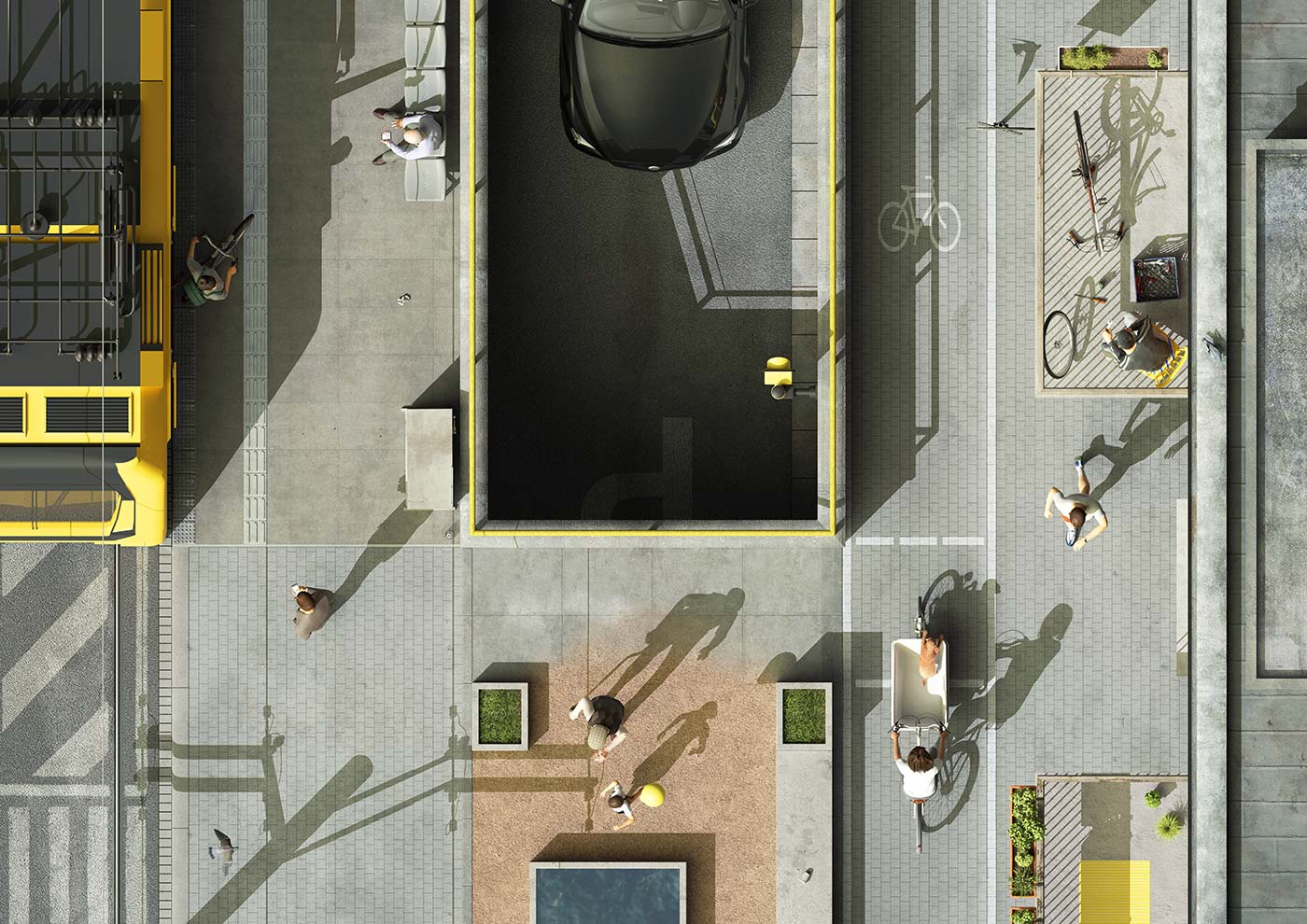Ten theses on IBA’27
The future as a starting point: ten theses on IBA’27
No-one can predict how life will be in a few decades, how society will be organised and what the topics of the day will be. The aim of an International Building Exhibition is to show buildings and infrastructures that point toward a future that goes far beyond the presentation year. Together with the project initiators, IBA’27 thus wants to develop resilient buildings, structures, processes and formats that function in various possible future worlds and in different scenarios. What is clear is that we must meet the environmental challenges and respond to technological and social change in a courageous and creative way if we want IBA’27 to be relevant.
We are dispensing with rigid parameters and knockout criteria to approach the future instead with a clear stance and qualities for projects.
The following theses form the basis for the content of the proposals and projects and the discussions in the forums and working groups, with the board of trustees and other committees of IBA’27.

Building culture
Our point of departure is the European city as a space designed and used by people. Different eras overlap, each searching for a contemporary expression of beauty using the technologies available at the time. We want future generations to also be able to use the homes and urban spaces created by us in accordance with their needs and to enjoy living in them. Architecture and engineering, urban and landscape planning boldly advance the design of existing spaces and facilitate new forms of use and interaction. The buildings meet the highest aesthetic, technical and functional requirements and constitute a key contribution to regional identity for generations to come.
Polycentric city region
The ongoing process of urbanisation is opening up new prospects for metropolitan spaces. The Stuttgart Region with its polycentric structure offers the best prerequisites for enhancing urban structures throughout the region. The primary objective is not further quantitative growth but, above all else, to improve the quality of residential areas. By breaking down the space into smaller sections and improving the quality of the urban and natural areas, the relative share of public transport, cycling and pedestrian traffic can be increased. This is the only way to improve quality of life and of the environment in a sustainable way.
Wertschätzung
Buildings are too expensive to be built cheaply. Our building techniques allow us to create structures that endure for several hundreds of years. A consistent focus on the life cycle costs relativises the cost of building and is prompting us to look for lasting construction methods that can be easily repaired and adapted. These also include adaptability to different uses.
Buildings, streets and squares are places for people and for the community. We must ensure that these spaces are open and accessible for all. The economic success of the region is leading to a sharp increase in prices and to a displacement effect. A social mix, inclusion and accessibility must be ensured by means of a farsighted land and housing policy as well as newly created tools.
Mixture
Mixed use shortens distances, enriches our daily life, reduces dependencies and makes it easier to adapt housing and working spaces to new requirements. Jobs, local supply of daytoday goods, cultural offerings and attractive leisure areas create rich worlds for our everyday lives. Mixed use, density and proximity reduce motorised mobility. Mixture also encompasses cultural and social aspects. The Stuttgart Region has a good reputation as a place to live for people with vastly different values and cultural backgrounds. Growing income inequality, rising rents and property prices are putting this integration at risk. Brave social models will ensure that the region remains an open place in the long term.
New technologies and new processes
During the term of IBA’27, digitalisation will completely permeate the planning and construction processes, building technology and our everyday lives. This is triggering a push toward rationalisation in building and is influencing prefabrication, assembly and the running of buildings. Industrial techniques are no longer limited to individual components. This development will favour modular building techniques, timber construction and other lightweight construction techniques. Sensor systems and data monitoring will help us to understand energy flows and how to optimise the running of buildings.
New work environments
Paid work will have a different emphasis, with a lesser status than before. Work routines move away from the traditional 9to5 model. Retraining, further training and taking new professional paths become common practice, just like flat hierarchies and the dissolution of traditional corporate structures. Coworking spaces become a selfevident phenomenon, even in areas that used to be purely residential. The possibility to reduce the scale of production areas and to lower emissions as well as a new appreciation of products, circular economies and repairs will bring production sites back into neighbourhoods and villages – and in return bring a residential use to what were formerly purely industrial areas.
Inclusion in the city region
Digitalisation will not only change the world of work massively, it will also offer possibilities for new forms of political inclusion and participation in the region and the city. Urban and regional design processes will become direct and accessible for all. At the same time, there is an increased need for communication to prevent society from breaking down into groups. The control and monitoring of public spaces must be designed and regulated in a way that allows them to retain their function as a place for all to congregate.
Energy and materials cycles
The next generation will have to complete the transition in a post fossilfuel era in order to prevent global battles for resources and to limit climate change. The building industry and the running of buildings are currently the largest source of waste and the largest CO2 producers. Buildings will need to become carbon sinks and power plants. Fossil fuels are too precious to be burned for heating or for mobility. Neighbourhoods will be more or less selfsufficient in terms of energy, with largescale grids carrying out buffer, balancing and storage functions. Passive buildings will regulate their own climate and offer a pleasant environment despite expected climate changes. Façades and urban spaces will use their water supply and greenery to prevent the heat island effects of today’s cities.
New forms of housing
Homes have always been and continue to be the central and most common use of the built environment. Highdensity neighbourhoods that reduce production costs and new financing, rental and ownership models are providing affordable housing for everyone. This facilitates and promotes residential mobility that can respond to demographic change. It reduces per capita values of land use, and spaces are used efficiently. It creates barrierfree, accessible housing for everyone.
New mobility
Means of transport will become a shared asset and no longer be owned individually. This will minimise stationary traffic and free up valuable spaces inside and outside the buildings. The entire transport system will become more resourcesaving and spacesaving, and it will be possible to use transport in a more targeted and efficient way. Less motorised traffic that is also efficient will reduce noise and be more compatible with urban life and the environment.

